Introduction
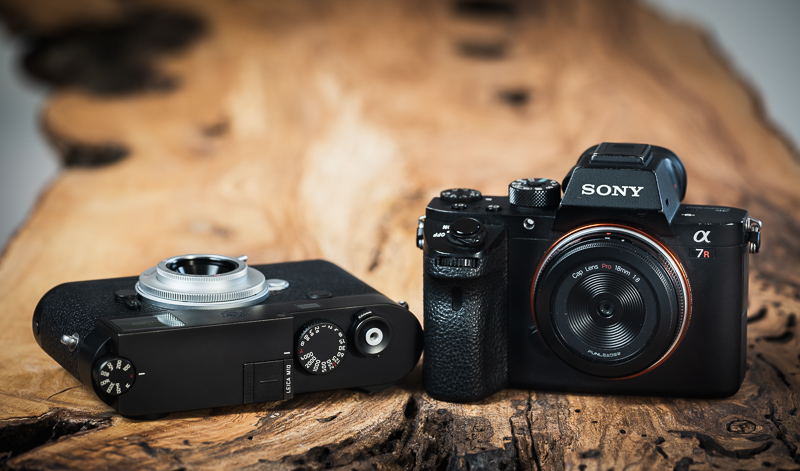
I try to be as objective as possible when reviewing lenses, but I am not always free of preconceptions. When it comes to this Funleader 18mm 8.0 I didn’t really want to review it at first. Funleader sounded more like a name of a company for adult toys to me and with the fixed f/8.0 aperture (and fixed focus) it felt like some Holga/Pinhole lens as well. But the Funleader team did not only keep being persistent in asking me to review their lens, they also improved its design: the lens can now be focused and more importantly the Funleader writing on the casing is much smaller. So this time I had a closer look and found out that it is actually a rather complex design consisting of 6 elements in 5 groups. But is this enough for an 18mm lens? Let’s find out together.
Lens is being tested on 42mp Sony A7rII and 24mp Leica M10
Sample Images
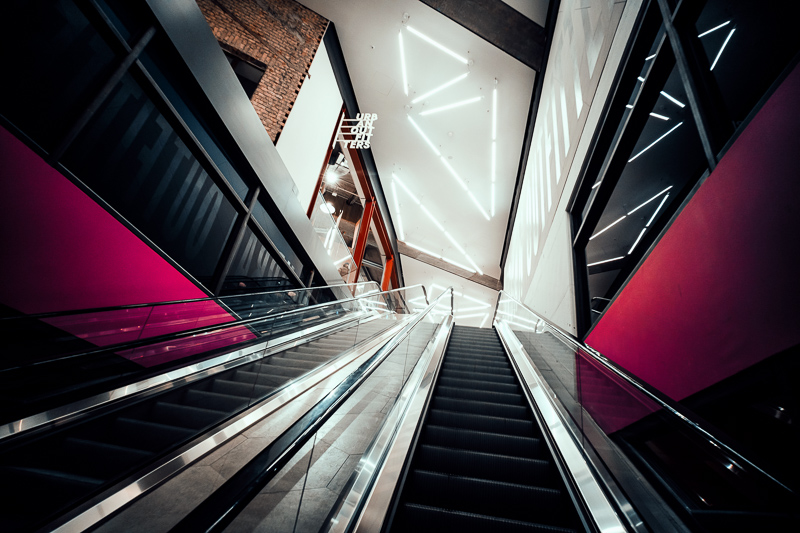

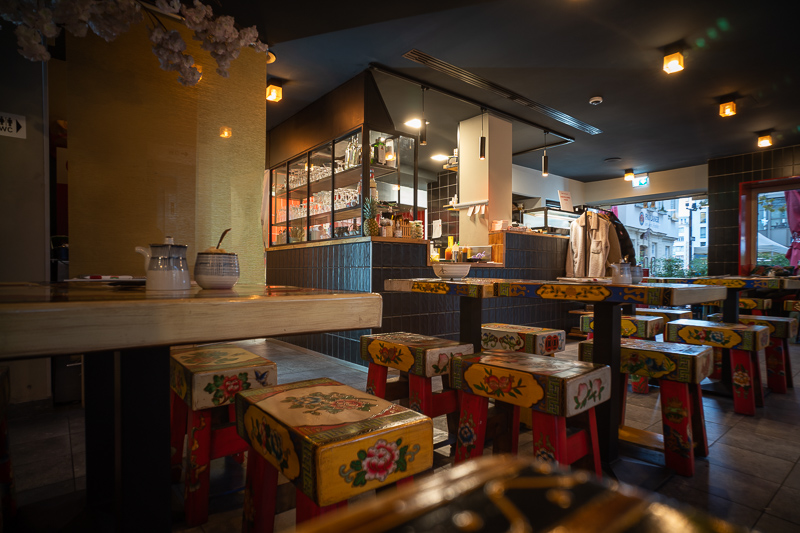
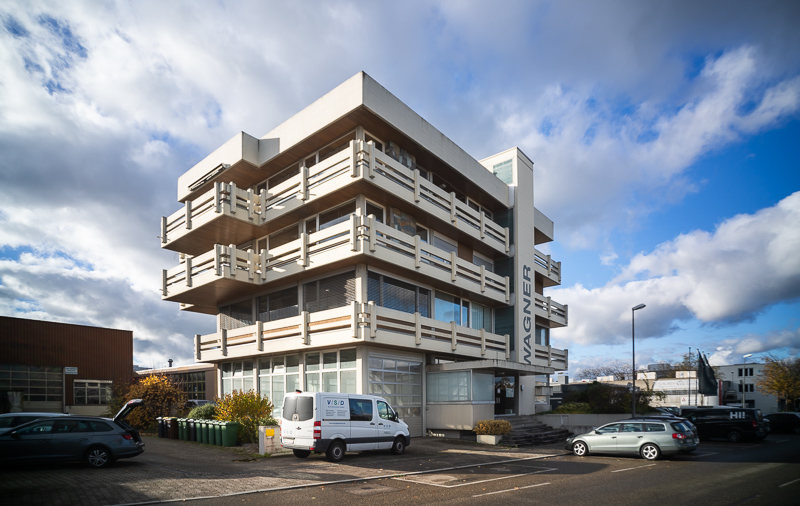
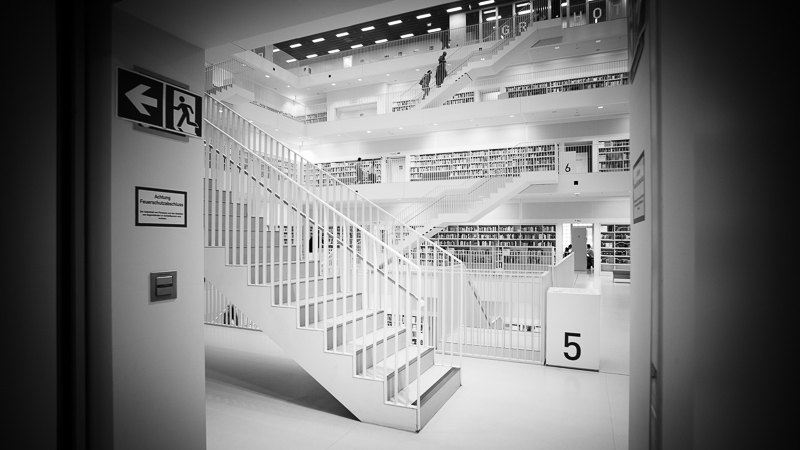
You can find most of the sample images in full resolution here.
Contents
Specifications / Version History

There are already three different versions of this lens available, I received the improved Pro version for E-mount and the M-mount version for a review. In the following table you can find the differences and similarities between these three versions:
| 18mm 8.0 | 18mm 8.0 M-mount | 18mm 8.0 Pro | |
|---|---|---|---|
| Diameter: | 62 mm | 51 mm | 58 mm |
| Field of view: | 100° | 100° | 100° |
| Length: | 15 mm | 14 mm | 17 mm |
| Weight: | 80g | 40g | 71g |
| Filter diameter: | - | - | - |
| Number of aperture blades: | - | - | - |
| Elements/Groups: | 6/5 | 6/5 | 6/5 |
| Focus Range: | fixed | 0.45 m to infinity | 0.3 m to infinity |
| Mounts: | E, Z, RF, L, X | M | E, X |
buy from ebay.com (affiliate link) for $140
Disclosure
The 18mm 8.0 Pro as well as the 18mm 8.0 M-mount were kindly provided free of charge by Funleader for reviewing purpose for a duration of 4 weeks.
Handling / Build Quality
E-mount
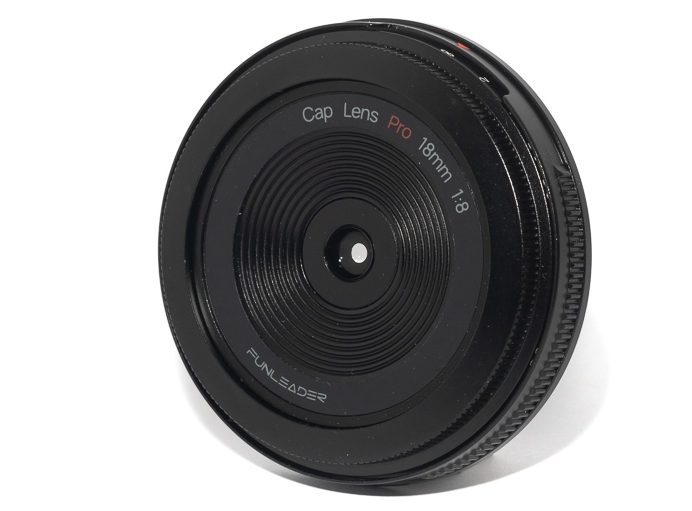
The E-mount Pro version has a nice and sleek casing design and the mechanical construction is more sophisticated than I would have expected. It is a unit focus design but only the inner barrel with the lens elements moves on focusing. The focus ring also has click stops at distance settings of 0.3, 0.5, 0.7, 1.0, 2.0 m as well as infinity.
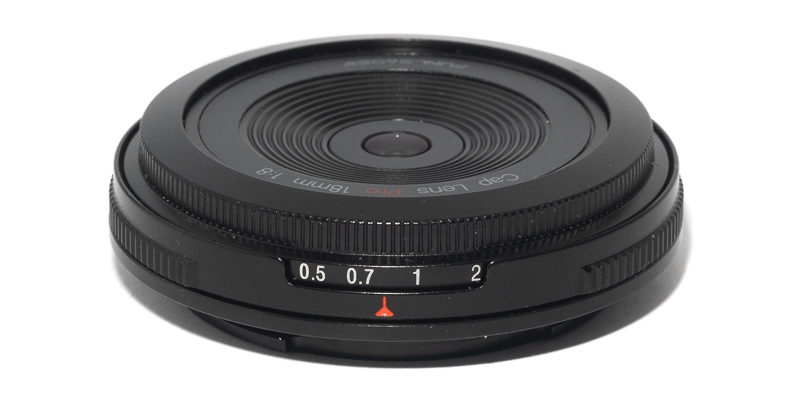
Operating this tiny focus ring with my big hands took some getting used to though.
M-mount
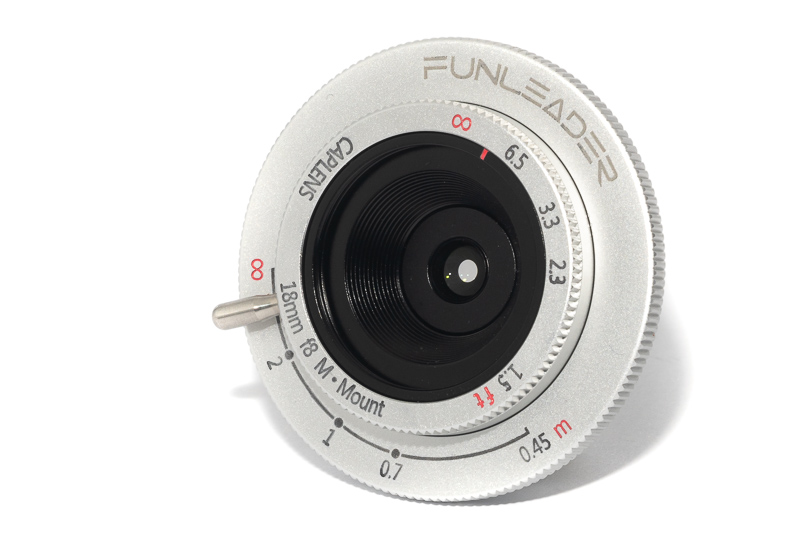
The M-mount version has a vastly different design. It features a small focus tab which has only one click stop at 1.0 m. It isn’t rangefinder coupled and interestingly brings up the 50/75 mm framelines.
Thanks to its tiny size there is no rangefinder blockage at all.
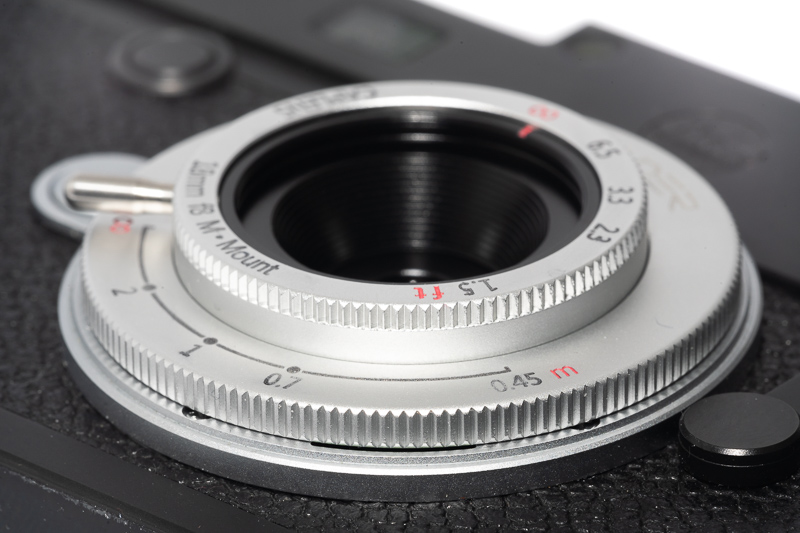
This lens shares an issue with most of the MS-Optics lenses though: the lens doesn’t fully cover the 6-bit code reader of the digital M-mount cameras, therefore under bright light the camera will often think you changed the lens and throw you ouf of live view should you be using that.
Vignetting
light falloff
The vignetting figures of this tiny lens are huge. On the Sony A7rII as well as on the M10 I measure 3.9 EV in the corners.
color cast
Again sensor design makes a huge difference here. On the A7rII/A7III we have a bit of a green color cast in all the 4 corners, which is what we have often seen in the past with other compact ultra wide lenses.
On the M10 the situation is very different: the left side of the frame shows varying color cast whereas the right side of the frame shows a massive magenta color cast.
You can correct this e.g. using corner fix or gradients/flat field correction in Lightroom. On the M10 the color cast is so massive that using the flat field correction is a good idea. Maybe also have a look at my article How to: Correcting Color Cast in Lightroom.
For most of the sample pictures in this review I corrected the color cast with either gradient filters (Sony cameras) or the Flat-Field Correction (Leica M10).
Sharpness
infinity (42mp Sony A7rII, 24mp Leica M10)
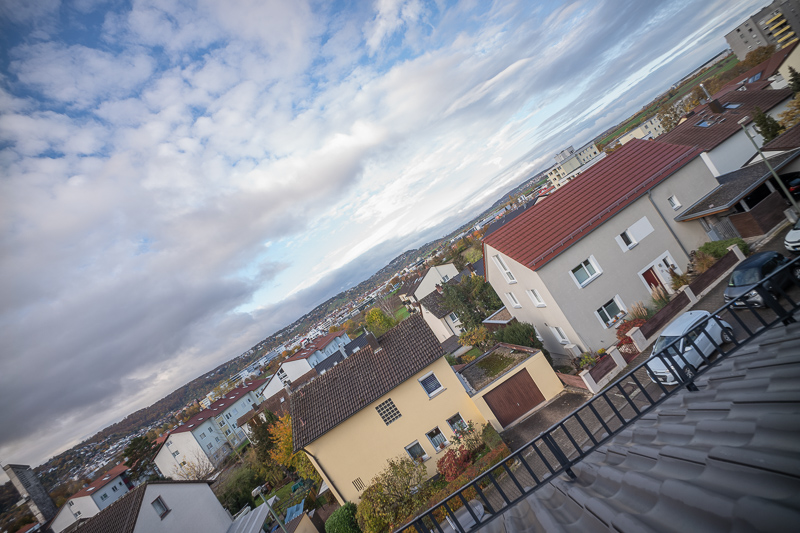
While I was told by Funleader that the optical construction of E-mount and M-mount version are the same, I have the feeling that the element spacings have been adjusted to account for the differences in filter stack – a practice dating back to some of the first E-mount lenses like Zeiss Loxia 35mm 2.0 and 50mm 2.0.
Why do I think that? Because the E-mount version works better than the M-mount version on an E-mount camera. And the M-mount version works better on an M-mount camera than an E-mount camera.
That being said the performance is never great. The midframe areas already don’t look that good, but the corners clearly leave something to be desired. Both samples of this lens I have received perform worse on their right side though, maybe a perfectly centered sample would perform better across frame.
close 0.3 m (42mp Sony A7rII)
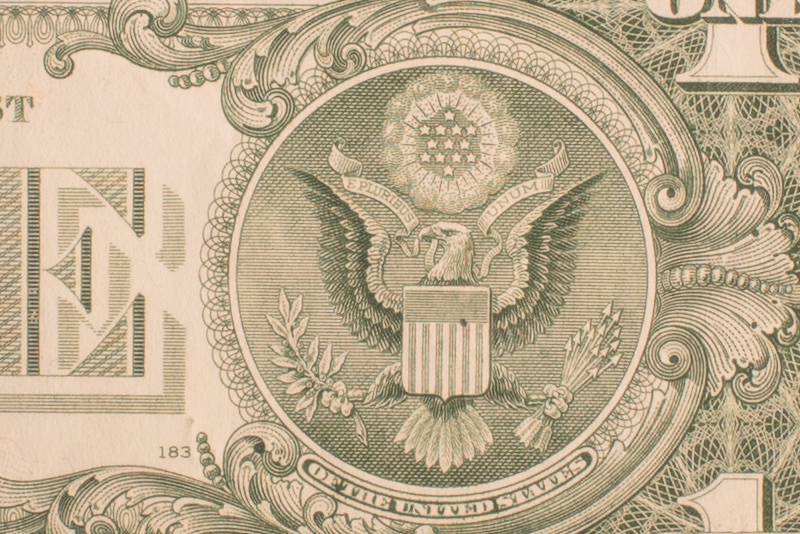
The minimum focus distance of 0.3 m (Pro version) is decent for an 18mm lens. The performance in the center is also good, so with the subject close to the center of the frame you can create some dramatic perspectives.
Flare resistance
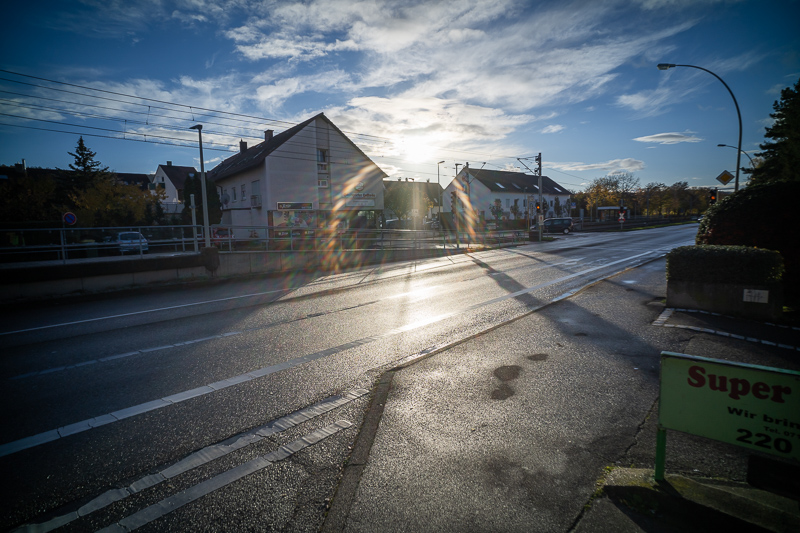
What we see above with the sun inside the frame looks like a typical example of internal reflections.
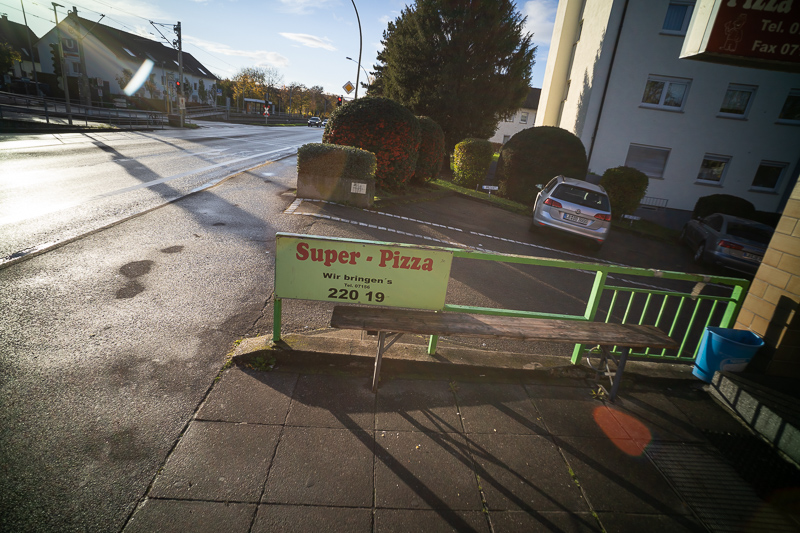
With the sun outside the frame small ghosts can appear, but veiling flare can be a real issue:
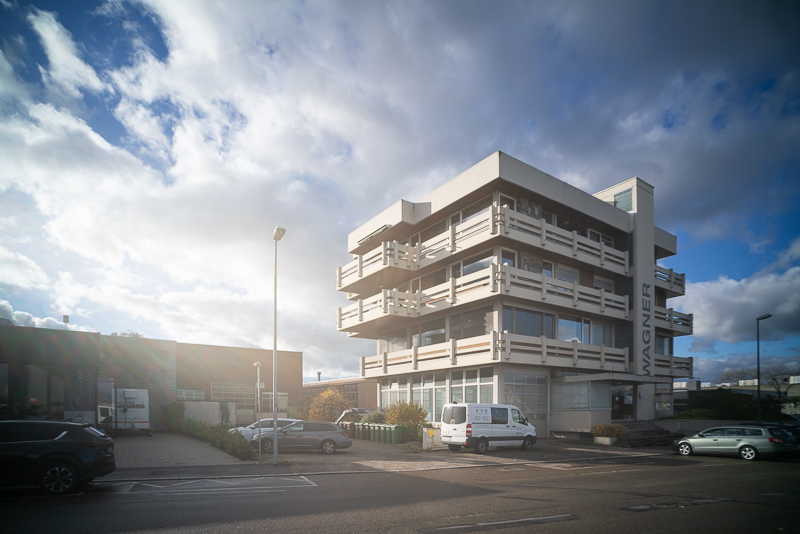
The Funleader 18mm 8.0 also managed to create sensor reflections, something I haven’t seen in a long time:
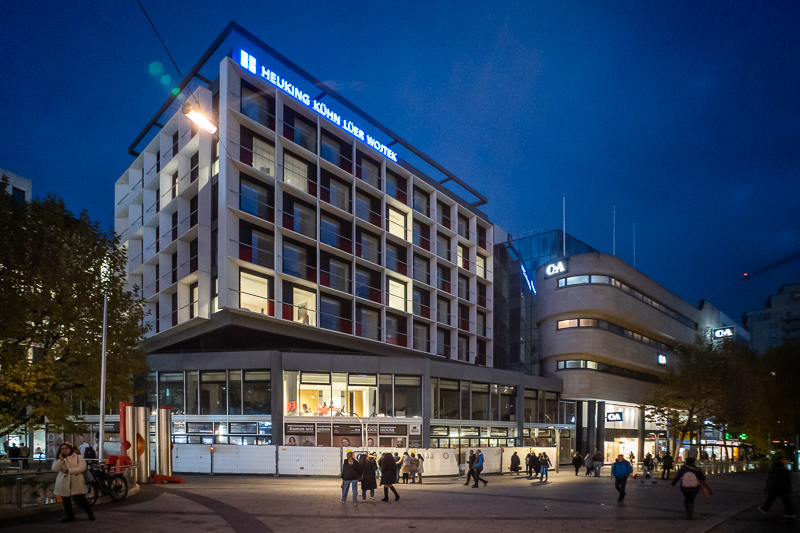
With many lenses stopping down helps to improve the flare resistance. Unfortunately we cannot do that here.
Simply not a good performance.
Distortion
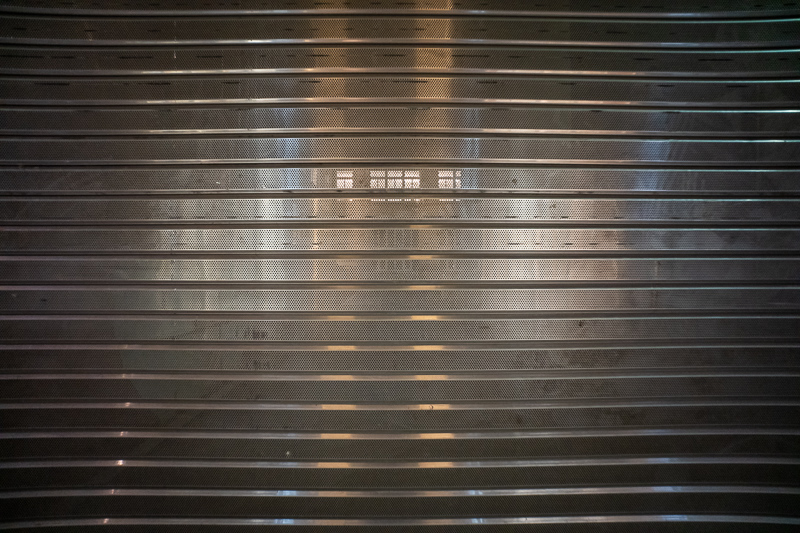
If you read my review of the MS-Optics 17mm 4.5 Perar you already know how bad distortion can look like in this focal length range. After having taken pictures of my usual subjects with straight lines I was shocked though: this is one of the waviest and nastiest distortion patterns I have ever seen.
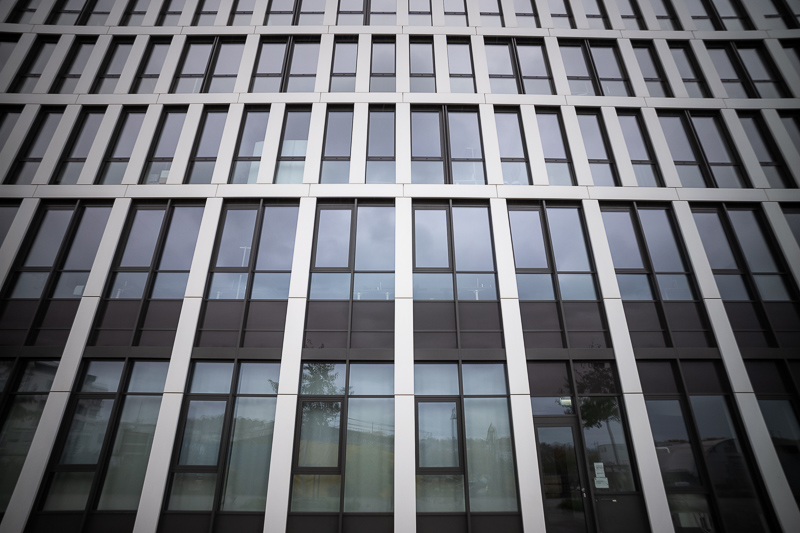
If you wanted to properly correct this kind of distortion a lens specific correction profile would be needed.
Sunstars
The Funleader 18mm 8.0 does not feature an aperture diaphragm and simply has a perfectly round opening instead, so no sunstars here.
Chromatic Aberrations
lateral
Ultra wide lenses often show strong lateral CA and the Funleader 18mm 8.0 is no exception. Luckily the lateral CA are still easily corrected in a raw developer like Lightroom by one click.
Sony A7rII | Funleader 18mm 8.0 Pro | 100% crops from corner
longitudinal
Due to this being a slow ultra wide angle lens longitudinal CA are nothing to worry about.
Alternatives
E-mount
There are no real alternatives here as there are no other super compact ultra wide angle lenses available. The next best pancake lens is the Brightin Star 23mm 5.6 which was rather disappointing.
If you are not as size conscious as you are weight conscious the Samyang 18mm 2.8 AF can be an interesting option. In terms of optical performance it performs way better and even offers AF.
You can also have a look at our Guide to ultra wide angle lenses for fullframe E-mount cameras to see what are your options here.
M-Mount
Voigtländer VM 15mm 4.5 II Super-Wide-Heliar:
My small ultra wide angle lens of choice on the Leica M10. Unfortunately it also has (less severe) issues with color cast on the M10 and earlier digital Leica M cameras.
But sharpness is better, it has a real aperture diaphragm and also takes filters.
buy used from ebay.com | ebay.de (affiliate links) for $400
MS-Optics 17mm 4.5 Perar:
The Perar is of similar size but it is a way more expensive and exotic lens. It also has really bad, wavy distortion (there is a Lightroom profile available though) and is generally not a good performer at wider apertures. Comparing their sharpness performance at f/8.0 it is a bit of a draw, but the Perar gives you the option to stop down further in order to improve its performance.
try to find one on ebay.com (affiliate link) starting at $800
MS-Optics 19mm 8.0 Hipolion:
With a design consisting of only two elements this is a very eccentric lens. From what I have seen it should be used between f/11 and f/16 for best performance – this lens actually does feature a real proper aperture diaphragm. The vignetting is enormous – maybe even worse than with this Funleader 18mm 8.0.
This lens also holds the crown for being the smallest M-mount lens.
try to find one on ebay.com (affiliate link) starting at $800
Conclusion
good
|
average
|
not good
|
Despite recent disappointments I still think there is a market for a tiny and affordable yet slow wide angle lens in the E-mount world – even if it was fixed aperture.
And while I find the Funleader 18mm 8.0 more appealing than the Brightin Star 23mm 5.6 – due to being smaller, wider and featuring a nicer casing design (especially true for the Pro version) – it still doesn’t exactly knock it out of the park.
High vignetting and color cast, very wavy distortion, lack of sharpness, bad flare resistance. The list of cons is simply too long. And files need quite a bit of work in post to actually look appealing.
I would have loved to tell you I found an affordable 18mm lens that fits in any pocket and that is good enough for everyday use, but I am not sure this is.
buy from ebay.com (affiliate link) for $140
Further Sample Images
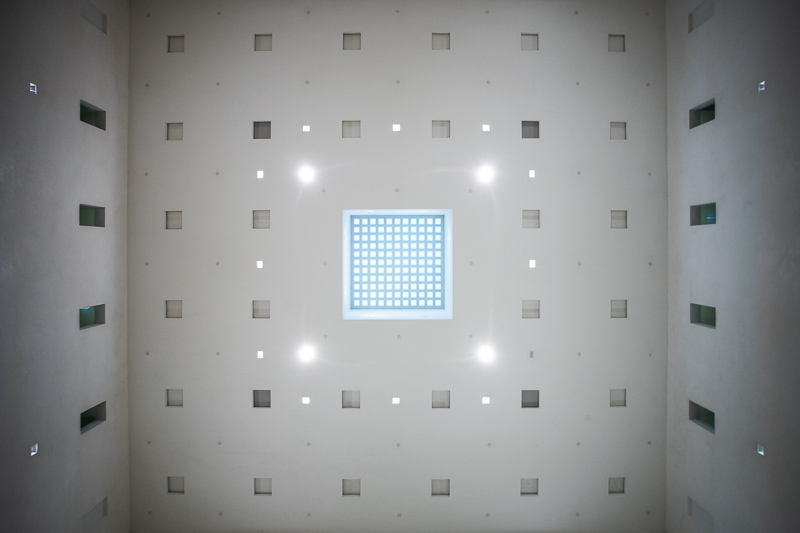
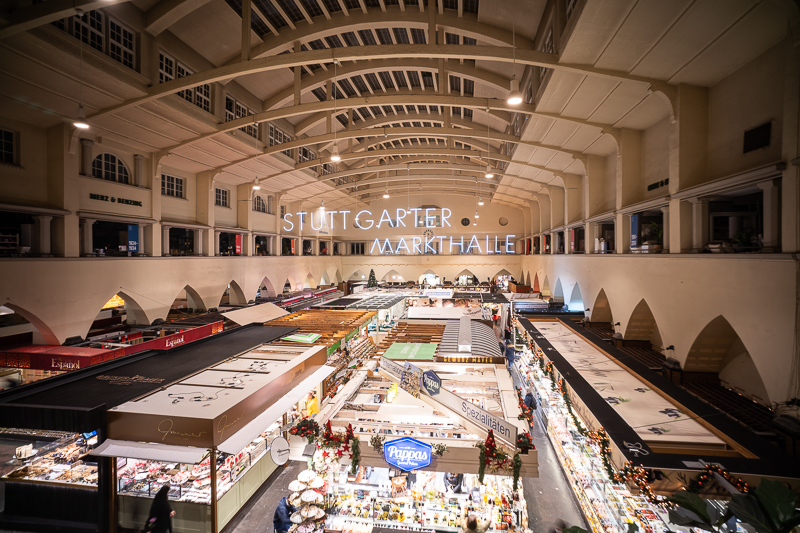
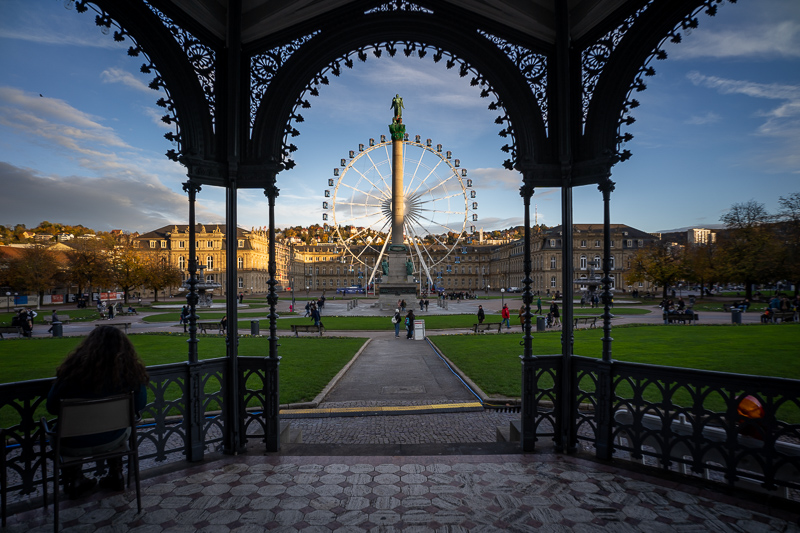
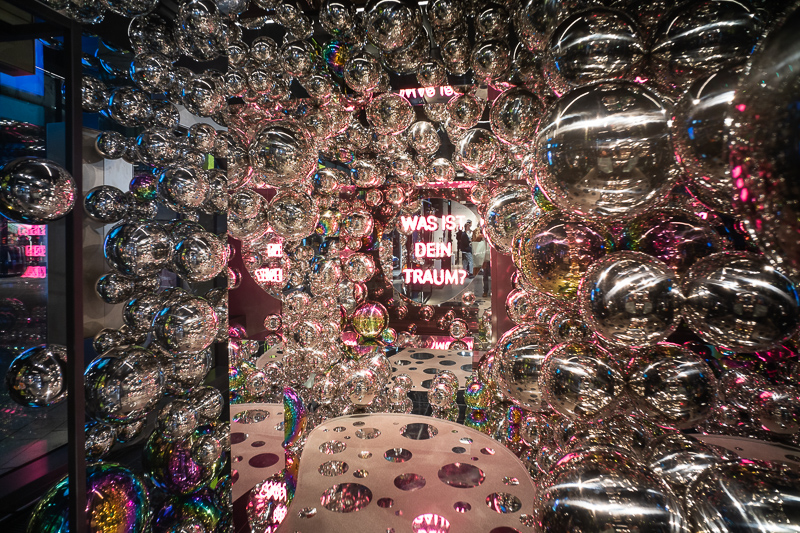
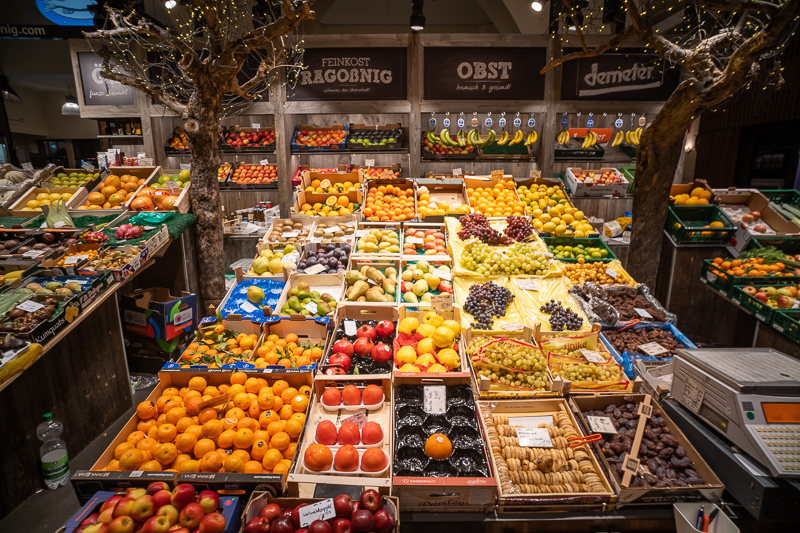
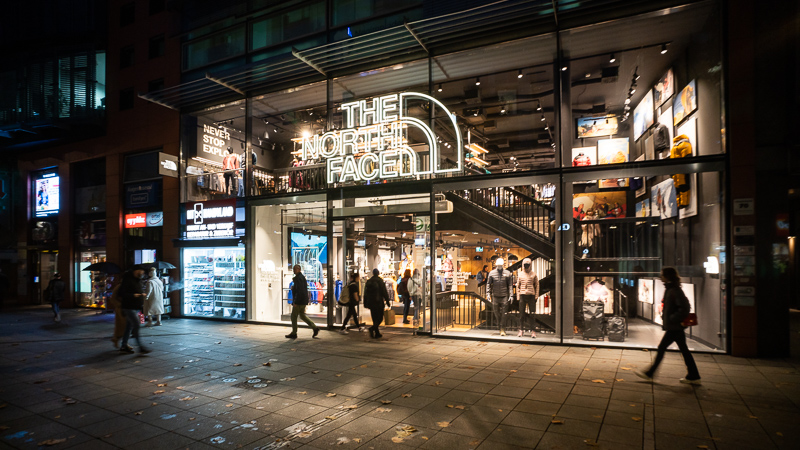
You can find most of the sample images in full resolution here.
Further Reading
- Reviews of Leica M lenses
- Analogue Adventures Landing Page
- Review: Voigtländer VM 75mm 1.5 Nokton
- Lens aberrations explained
Support Us
Did you find this article useful or just liked reading it? Treat us to a coffee!
![]()
![]()
![]() via Paypal
via Paypal
This site contains affiliate links. If you make a purchase using any of the links marked as affiliate links, I may receive a small commission at no additional cost to you. This helps support the creation of future content.
Latest posts by BastianK (see all)
- 2025 – Year in Review - December 23, 2025
- Review: Sony FE 70-200mm 4.0 G Macro OSS II - December 20, 2025
- Review: Viltrox AF 35mm 1.2 FE LAB - December 17, 2025


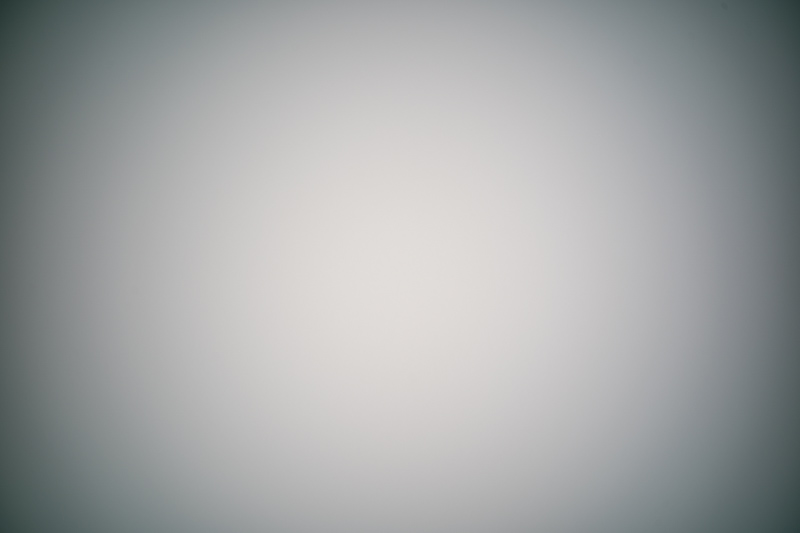
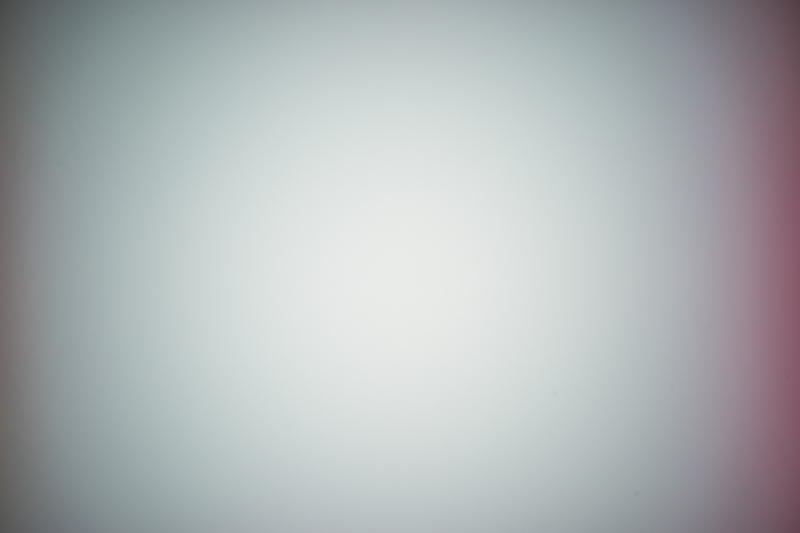
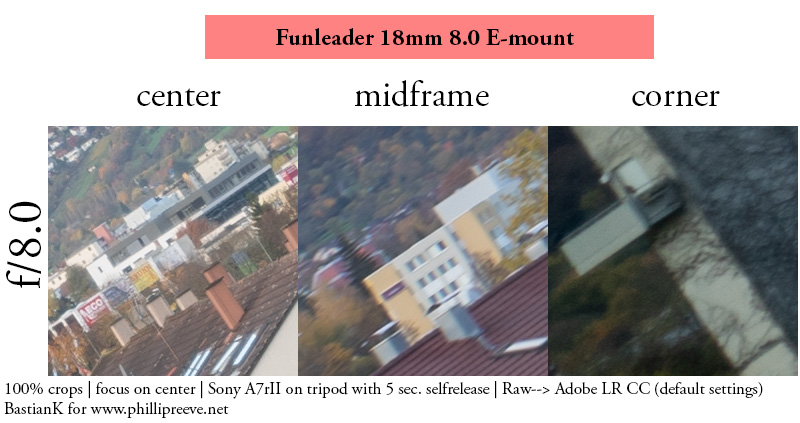

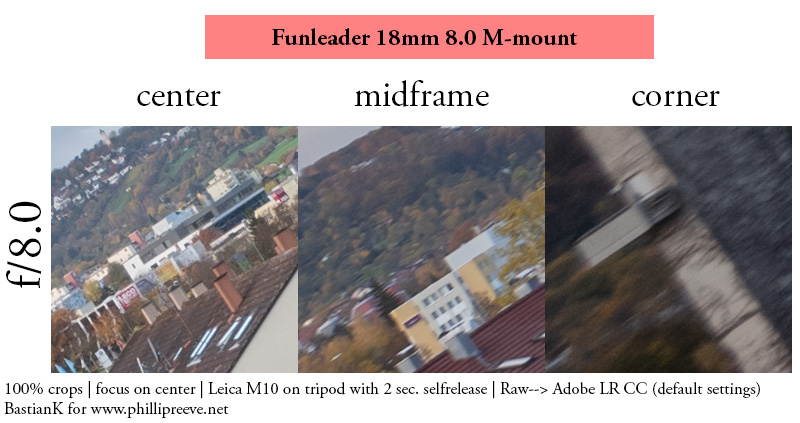
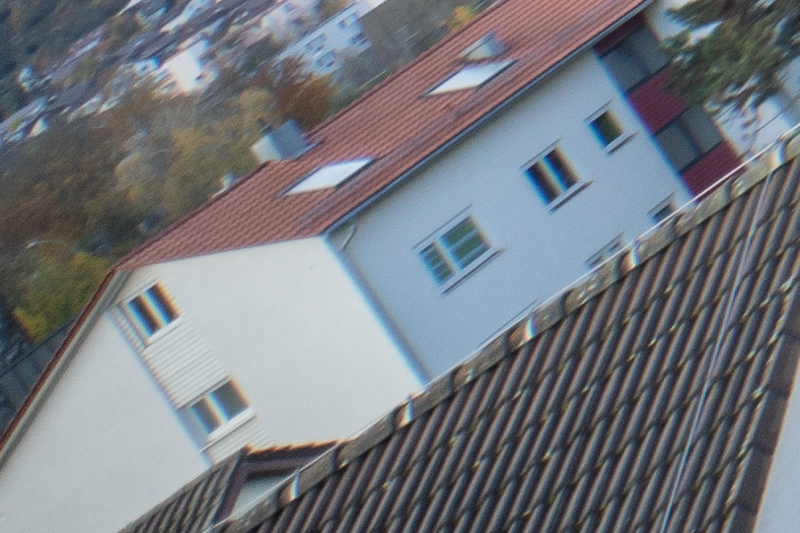
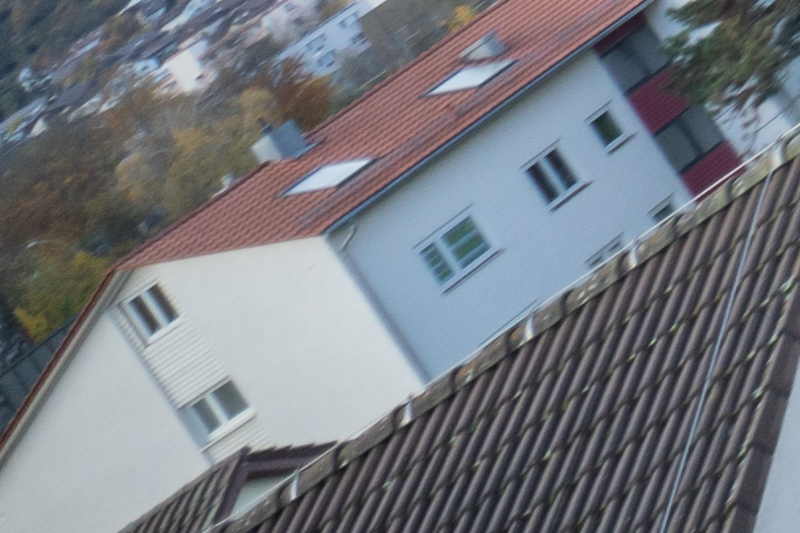
Thanks for the review as usual. I think the idea of this lens is cool, but it’s hard to overlook its flaws. I would love an 18mm f8 pancake lens, but I would hope for better performance at least. I would pay $300 for a lens like this if it had performed a bit better because it fills a couple of holes in my current kit: Ultra wide and very small.
Also, the worry about getting a bad copy with these cheap lenses is certainly warranted. While it looks like the e mount was consistent, the M mount’s asymmetric color cast isn’t exactly screaming top tier QC. I’m down to pay a little more for glass if good QC and consistency can be guaranteed. That is really a deal breaker for me because I hate having to resell or ship back lenses.
Asymmetrical color cast is because of the Leica sensors, not the lens.
Hmmm 🤔 interesting why that would be the fault of the sensor and not the lens. Is there some tendency for Leica sensors to have asymmetric properties across the visual field? I’ve never seen anything like that
Yes, with many ultra wide angle lenses.
Leica folk even call it “italian flag” effect.
Their sensor technology simply isn’t great…
Easy! You could start a riot by insulting Leica like that
Been there, done that 🙂
It’s always interesting to read reviews of such lenses here because you test them with the same approach you use with Sony GM or Loxia lenses etc., which is cruel but fair and we get a very clear picture of what they can and can’t do.
My impression is that this lens is far from being good enough for any serious use, while at the same time it’s too *khm* good to be called a toy lens (lacking more funky aberrations and “character”). Especially wide angle lenses people usually care for decent technical qualities across the image frame, so all in all, I don’t see a market for this one, except some people buying it for fun as a cute, little lens they find oddly curious.
I also have a feeling that vast majority of lens’ copies will be decentered, which would probably prevent me from buying it even if it performed a bit better (if there’s no option for easy return within EU). On the bright side, we did see some Chinese companies have their humble beginnings and then suddenly start designing much more serious lenses, so more brands the merrier. Who knows, maybe they’ll sell tons of these via AliExpress etc., what do I know; it’s cheap enough…
As I had two copies for the review and both are decentered (on the same side even) I also don’t have the highest hopes here.
BastianK thanks for the review, excellent as always 🚀
Is the review of the new Voigtlander Nokton Vintage Line 35mm f/1.5 Aspherical on the roadmap?
At the moment unfortunately not.
It got more difficult to get review samples thanks to Brexit.
Merci beaucoup, Bastian, pour ces revues d’objectifs, que je lis toujours. J’ai plus d’objectifs que je peux en utiliser, mais, souvent, vous me donnez envie d’en acheter un de plus. Gilles
At first I thought this lens is Astrhori 18mm F8 Shift with other brand name. I wonder how pancake shift lens would work, but this lens gave me some hint. Yet, the Astrhori has 9/9 construction and features an aspherical element, so there might be some room to improve. The price of it is inexpensive, but I hope it would be useful and now I’m waiting for reviews coming out.
Review is in the making 🙂
to me (and I’m sure many others) the compromise is too great to really consider, if it was $50, I might think on it. but I think a previous commenter nailed it when they said it’s not good enough or fun enough for any serious consideration. great review as always Bastian.
Market for this lens is maybe on the aps-c use. Coupled with a tiny nex3n can be a 28mm(eq) good enough for a reportage/street photography user.
I love this lens! I have the fixed focus version and it’s kinda freeing. Nothing to fiddle with or worry about, quite literally a point and shoot. I use it mostly for family outings, but also for random walking around. I usually crop to a square (18mm is a hard focal length to shoot to the edges). I like the toy lens look, though obviously not always…
How to make your $3000 camera work as good as your $100 phone camera.
Nah, phone has lens corrections built in.